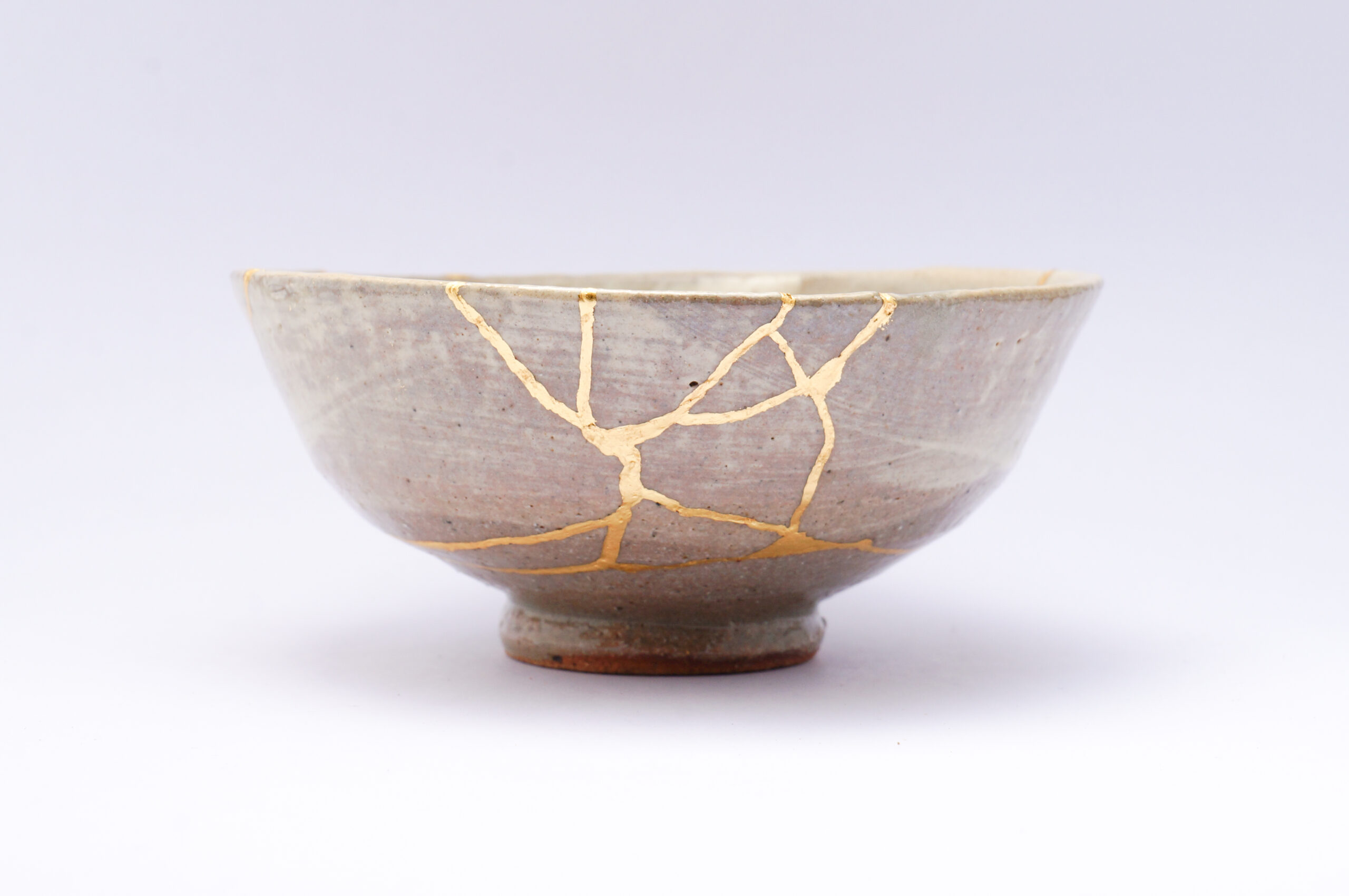
Read: John 20:19-30
Then he said to Thomas, “Put your finger here and see my hands. Reach out your hand and put it in my side. Do not doubt but believe.” (John 20:27, NRSV).
What’s the point of pain?
Don’t get your hopes up. I can’t answer that question. But I would like to at least honor it with a few observations.
Sometimes pain is transformed into something beautiful.
When composer, Johannes Brahms, got back from a visit to his mother’s grave, he added a movement to his A German Requiem. It is an intimate interlude in the piece, voiced for a soprano soloist. She sings the words Brahms needed to hear: So you have pain now; but I will see you again, and your heart will rejoice, and no one will take your joy from you…as a mother comforts her child, so I will comfort you.
Brahms borrowed those words from Jesus and Isaiah, but he must have heard his mother’s voice in them as he composed this piece. And when we hear them, we are comforted as well. Brokenness has been transformed into beauty, and it is a beauty from which we all benefit.
A word of caution is in order here. If we are not careful this can turn into something trite. Nobody needs a slogan like, “No pain, no gain!” slapped onto their wound like a band-aid. Suffering is suffering, and we don’t make it less so by rushing to look on the bright side. Having said that, however, one can’t help but marvel at the mysterious alchemy that sometimes turns suffering’s “dross” into gold.
There is an ancient Japanese art form that specializes in this very sort of alchemy. It’s called Kintsugi. It involves taking pieces of broken pottery and mending them with materials graced with gold. The end result is something that is arguably more beautiful than it was before.
In his book, Art and Faith: A Theology of Making, Kintsugi master, Makoto Fujimura, looks at faith through the lens of his art. The results are stunning. For example, he points out that even after resurrection, Jesus still bears the wounds of his crucifixion. Then Fujimura writes, “Through these sacred wounds a new world is born; through the revealing of the wounds still embedded in the new body of Christ, our faith is given.”
We begin to see what he means when he reminds us that, “The Christian gospel, or the Good News, begins with the awareness of our brokenness…Christ came not to “fix” us, not just to restore, but to make us a new creation.”* Not unlike a work of Kintsugi art.
This is good news. Yes, we are broken. But in the hands of the Artist, our brokenness may yet be transformed into beauty. The world’s brokenness may yet be transformed into beauty.
Ponder these words by Leonard Cohen:
Ring the bells that still can ring,
Forget your perfect offering.
There’s a crack in everything.
That’s how the light gets in.
Pray: Gather our brokenness, crucified and resurrected God. Then transform it into beauty and blessing.
*Both quotes are from the book Art and Faith: A Theology of Making by Makoto Fujimura (Yale University Press, 2020), p. 45. For more on both John 20:27 and Makato Fujimura, see “Why Is Jesus Still Wounded After His Resurrection” by Peter Wehner in the New York Times, April 3, 2021.
